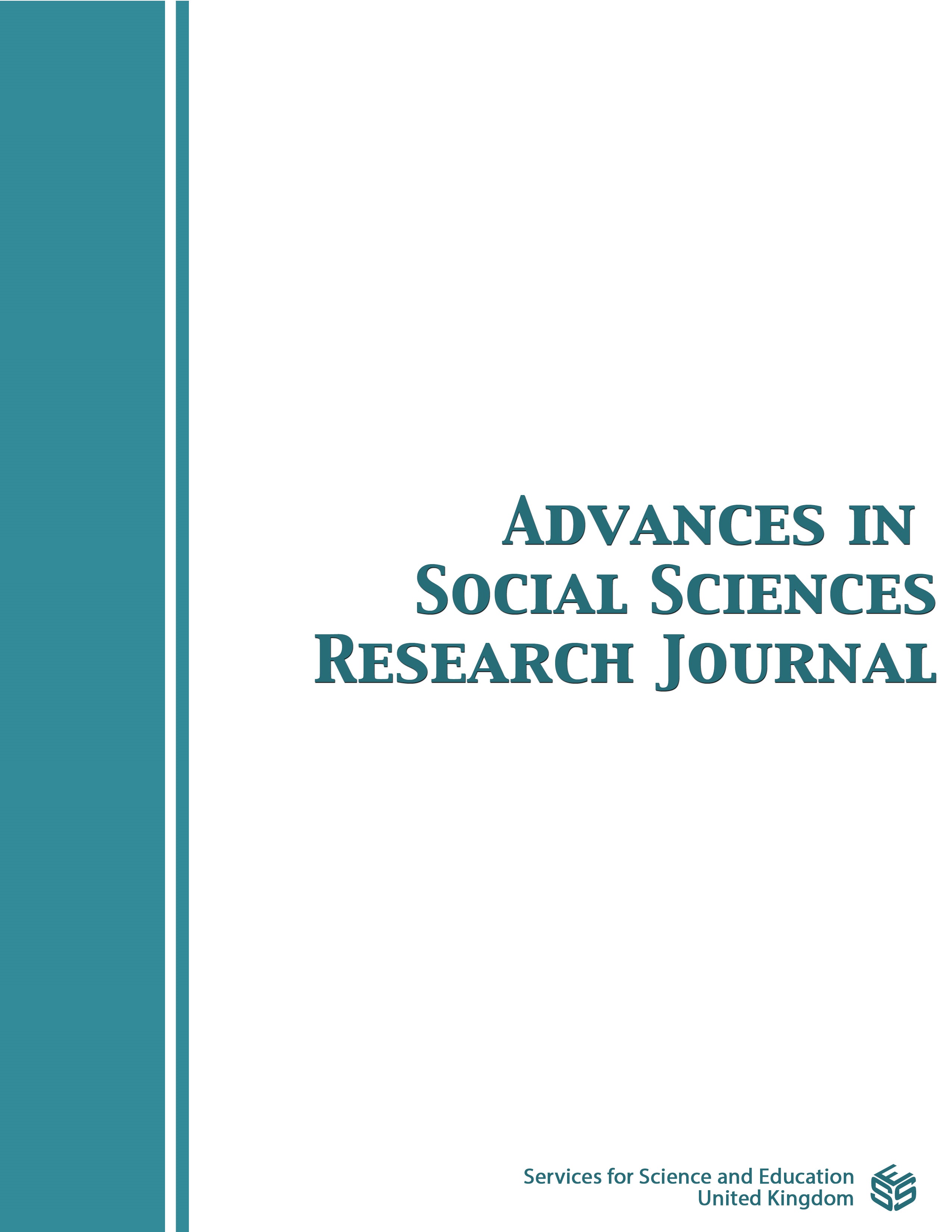Instructional Communication Model Of Military Education As An Effort To Achieve Center Of Excellence (Case Study: Akmil Magelang)
DOI:
https://doi.org/10.14738/assrj.91.11502Keywords:
Akmil, Indonesian Army, instructional communication, Center of Excellence, complement of commandAbstract
Communication is one of the important elements that play a role in shaping the interaction between educators and students. The change in the Indonesian Military Academy (Akmil) education curriculum in 2009 was one of the most significant changes, in which students received an academic education equivalent to a bachelor's qualification. However, in its application the education system has not been maximized to allow students to become experts both in the military and academic fields. The objectives of this study are, firstly, to identify and analyze the role of educators in the educational communication process in the Akmil to produce quality graduates; second, to design appropriate communication patterns between educators and students; and third, to build an educational communication model in the Akmil as a Center of Excellence, so that they are able to answer the challenges of the task in accordance with the changes and demands of the times. By using a mixed method with an exploratory sequential model, the research explores information by conducting in-depth interviews with 9 informants, both practitioners and academics, and distributing questionnaires to 145 cadets. The results show that there are still difficulties in applying the principle of 'completion of orders', where a command can be given with better rationality. To that end, the researcher then completed the findings, by formulating an instructional communication model through the Strategic Assumptions Surfacing and Testing (SAST) and Analytical Hierarchy Process (AHP) methods. As a result, this model puts an emphasis on the role of the Academic Gadik actor, which creates interactivity and communication intensity for the cadets. With this model, it is hoped that the Akmil will become a Center of Excellence for the military with high rational abilities.
References
Fanny Pantouw. The Impementation of Integrated System Curriculum on Indonesian Military Academy (Akmil) 2011-2012 in the Context of Building Army Human Resources”. Thesis. Jogjakarta; Programme Post Graduate STIE Widya Wiwaha; 2017.
Morrison, GR, Steven M. Ross, et al. Designing Effective Instruction: Seventh Edition. New Baskerville: Wiley; 2013.
Kuntarti, R. The Implication of Education Curriculum Change on Cadet Education System towards Cadet’s Quality Achievement to Support Unit’s Resilience. National Resilience Journal, No XX (1), April; 2014, doi.org/10.22146/jkn.6784
Monika, L. “The Role of Communication in Military Leadership”. Journal of Corporate Responsibility and Leadership Vol. 2, Issue 1; 2015
Aris, MN. Pembentukan Budaya Perwira TNI-AD Bagi Taruna Akademi Militer di Lembah Tidar. Depok: Universitas Indonesia; 2012
Hellstrom T. Centres of Excellence as a Tool for Capacity Building. Programme on Innovation. Higher Education and Research for Development (IHERD); 2012.
Maamarah, S & Supramono. “Strategy of Education Quality and Image”. Journal of Education Management; 2016.
Indonesian Army Headquarters. TNI Soldier Education Master Manual. Decree of the Army Chief of Staff Regulation No: Perkasad/72/XII/2013, 31 December 2013
Myers, S. A., Tindage, M. F., & Atkinson, J. 2. The Evolution of Instructional Communication Research. Communication and Learning, 13–42; 2016. doi:10.1515/9781501502446-003
Cresswell, JW. Research Design: Qualitative, Quantitative and Mixed Methods approaches. Sage Publications; 2014
Sugiyono. Qualitative Research Methods, Quantitative and R & D. Alfabeta: Bandung; 2016
Durmusoglu, Z.D.U. “Assesment of techno-enterpreneurship projects by using Analytical Hierarchy Process (AHP)”. Technology in Society, 54, 41–46; 2018 doi:10.1016/j.techsoc.2018.02.001
Downloads
Published
How to Cite
Issue
Section
License
Copyright (c) 2022 Kholil Kholil, Totok Imam Santoso, Titi Widaningsih, Dewi Widowati

This work is licensed under a Creative Commons Attribution 4.0 International License.
Authors wishing to include figures, tables, or text passages that have already been published elsewhere are required to obtain permission from the copyright owner(s) for both the print and online format and to include evidence that such permission has been granted when submitting their papers. Any material received without such evidence will be assumed to originate from the authors.






